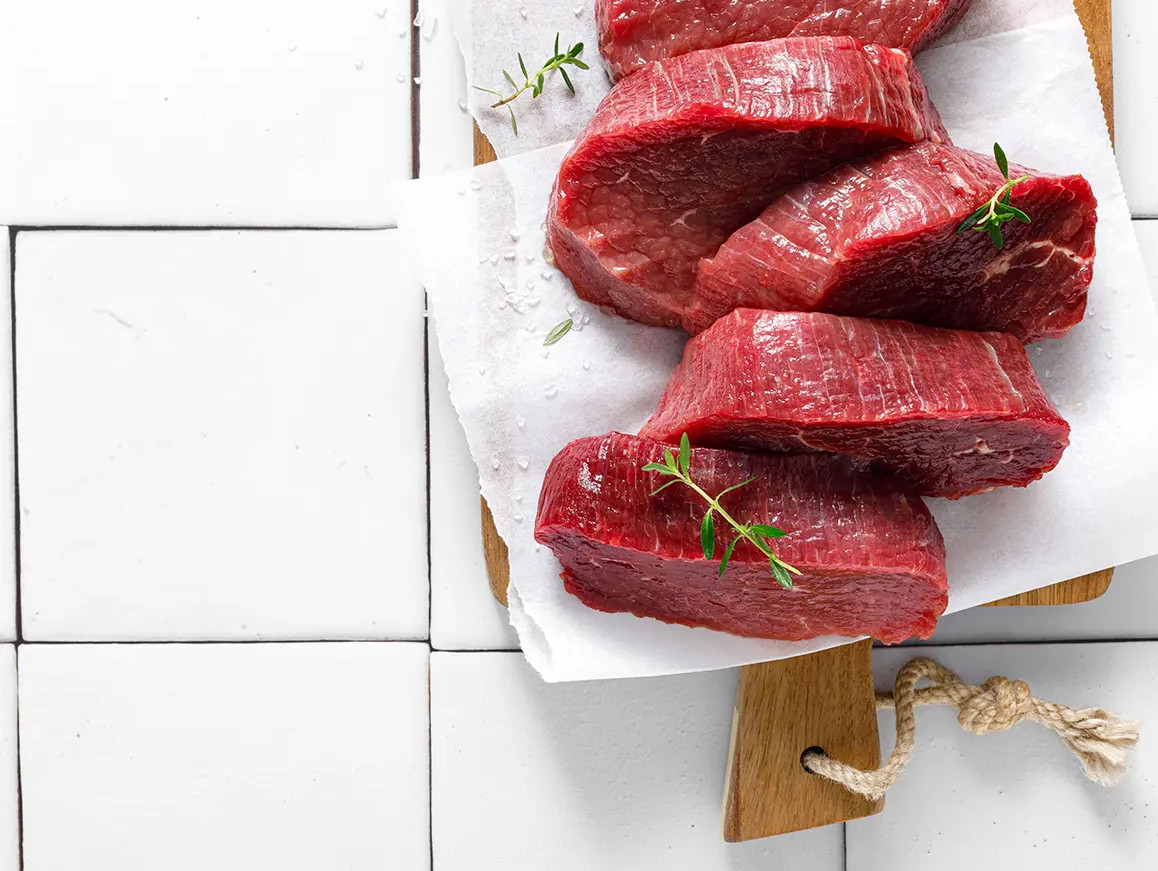
Beef prices are soaring, and consumers will soon notice the difference. A global shortage of cattle has pushed beef prices well beyond previous record levels in recent weeks. In the Netherlands, carcass prices are now nearly 9% higher than the previous peak. Expectations are that prices will continue to rise. This is based on figures from DCA Market Intelligence, which provides market data and benchmark prices for the food and agribusiness sectors.
The global cattle supply is at a historic low. In the United States, drought conditions have led to the smallest cattle herd since 1952. Canada, Mexico, and Europe have also seen a significant decline in cattle numbers, particularly in France. During the holiday season, an exceptionally high number of cattle were slaughtered to meet strong demand, further tightening supply. Countries like Brazil and Australia are ramping up exports to help fill the gap, but so far, this has done little to curb rising prices.
The surge in prices initially hit premium beef cuts, but even more affordable options have now become significantly more expensive. “Prices have skyrocketed at an alarming rate, and the general market sentiment is that this is only the beginning,” says Matthijs Bremer, meat & protein market specialist at DCA Market Intelligence. The beef industry is caught in a vicious cycle: cattle are being slaughtered at a younger age, leading to lower meat production per animal. While there is a limit to what consumers are willing to pay, it remains uncertain when the market will stabilize. One thing is clear: in the coming months, shoppers will see a noticeable price increase at the checkout when buying steak or burgers.
Source: DCA Market Intelligence